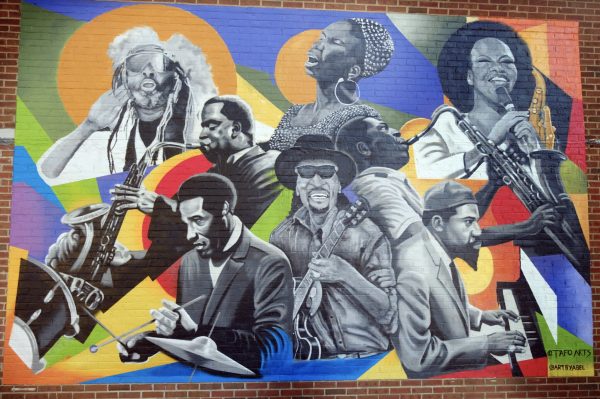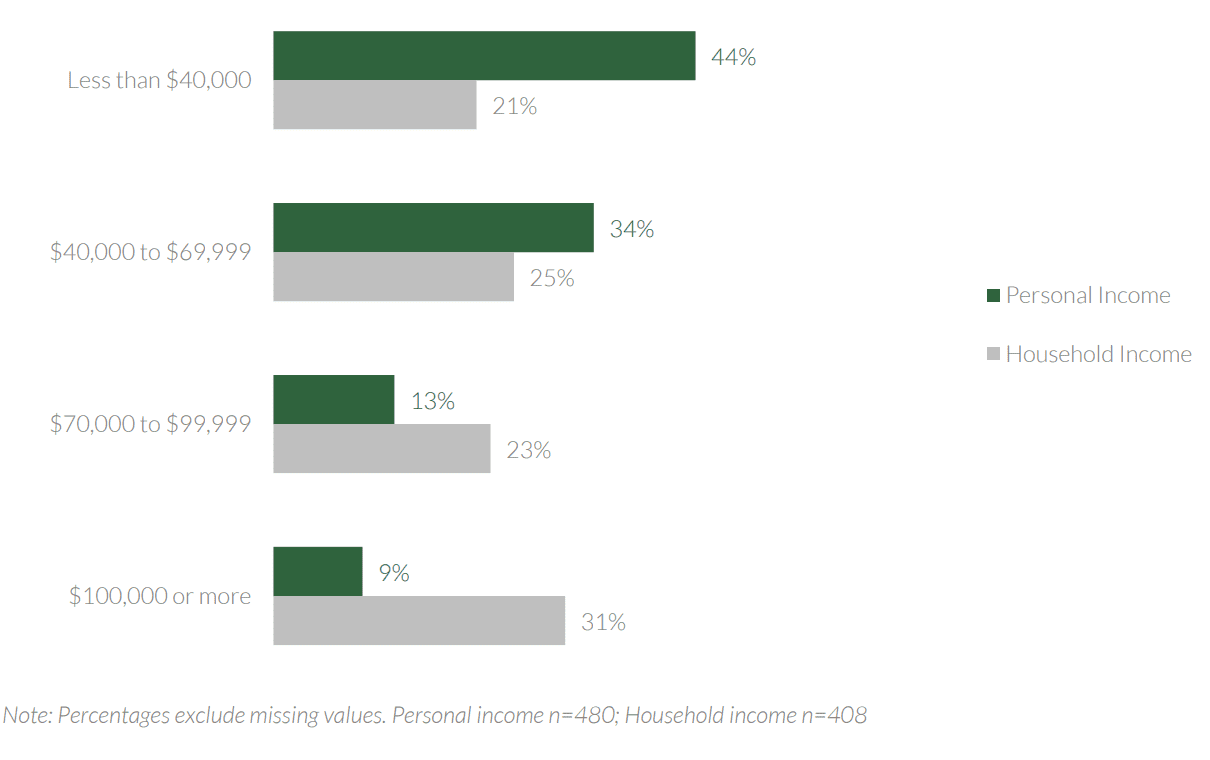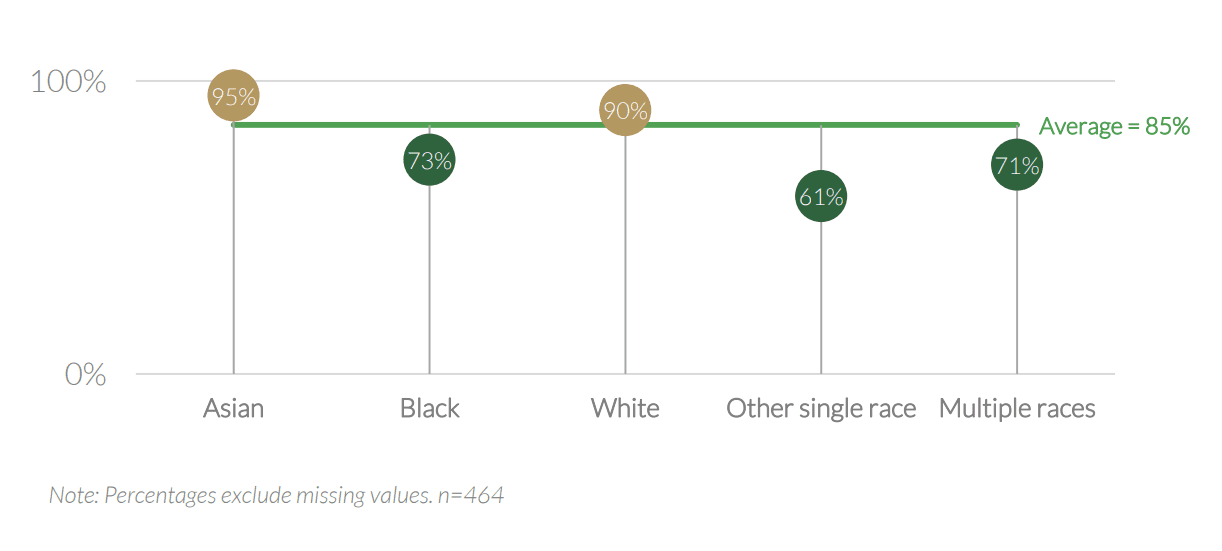Survey sheds light on the future of Charlotte’s creative community

When it comes to the creative scene, Charlotte isn’t often mentioned in the same breath with peer cities like Austin or Nashville. After all, the city’s unofficial tagline is “Banktown,” not something like “Music City” or “Keep Austin Weird.”
But Charlotte has a thriving creative community. And a new survey by the UNC Charlotte Urban Institute provides more details about Charlotte’s creative community, as well as its assets, challenges and what we can do to provide more support.
The survey of more than 630 local creative economy workers (including those involved in visual arts, graphic design, music, stage performances, writers and more) was commissioned by Charlotte is Creative, an independent nonprofit, with support from the Reemprise Fund and the Arts and Science Council. Released last week, key findings include:
- Charlotte’s creative community is young, but experienced. Survey respondents were younger than Mecklenburg’s average, with 32% between the ages of 25 and 34, while 25% were 35 to 44. More than half reported they have 10 years or more experience in their field.
- Many creatives rely on other sources of income besides their artistic pursuits: 55% of survey respondents had other part- or full-time work, and most creatives earned less than half their income from the creative economy and their artistic pursuits. Many also felt financial precarity: 44% had a personal income of less than $40,000. And 57% incorporate freelance or contract work in their creative employment, a disproportionately high share compared to most professions.

- Creatives have a dual responsibility, especially since so many do freelance work or own businesses — both to create art and to manage business affairs. But informal learning, especially from peers and by trial-and-error, is the main way creatives learn business practices. Both are much more prevalent than learning through formal mentoring workshops, training programs or other channels.
- Health care is an impediment for some creatives. While a large majority of survey respondents had health insurance, fewer Black, Hispanic or other race creatives were insured than White or Asian respondents. Younger creatives were also less likely to have health insurance: 76% of creatives under 35 compared with 94% of those 55 and older.

- COVID-19 had a big impact on the city’s creative scene. Sixty percent of respondents said their projects or events were canceled, reduced or otherwise affected by the pandemic.
- A majority of creatives working in Charlotte said they were satisfied working in the city, 56%. But 44% of respondents said they were either indifferent or dissatisfied.
Several themes emerged that could point the way to boosting Charlotte’s creative community. Many of those who were dissatisfied said they felt the city doesn’t value their contributions or recognize creative, artistic fields as a valid career choice. And while Charlotte is known for drawing big Broadway shows and other out-of-town artists, there’s comparatively less investment in the local arts scene, some survey respondents said.
“The art scene here is growing and thriving but a lot of the time it feels, like, cliquey and like a club you have to gain access to be in the ‘art scene,’” said one respondent.
Another respondent described feeling the need to find markets outside Charlotte to be properly recognized and valued: “I love Charlotte. I love creating here, but my work is often seen as more valuable by organizations and businesses that hire me outside of Charlotte.”
Survey respondents identified several strategies that could boost Charlotte’s creative community. Those include:
- More public and private funding opportunities, more opportunities for full-time employment in creative industries, and more financial support for local creative talent.
- Access to networking opportunities, mentorship, affordable workspaces and health insurance.
- Opportunities to learn the business skills that freelancers and contractors need to operate effectively in the creative economy.
- Finding ways to make the region’s arts scene more inclusive. “Feelings of unfair treatment and favoritism were strong sentiments and suggest the presence of an inner circle from which some creatives feel excluded. To drive growth and satisfaction, these internal walls and barriers need to be addressed.”
Read the full study here: Business Realities of the Charlotte-Mecklenburg Creative Community.

